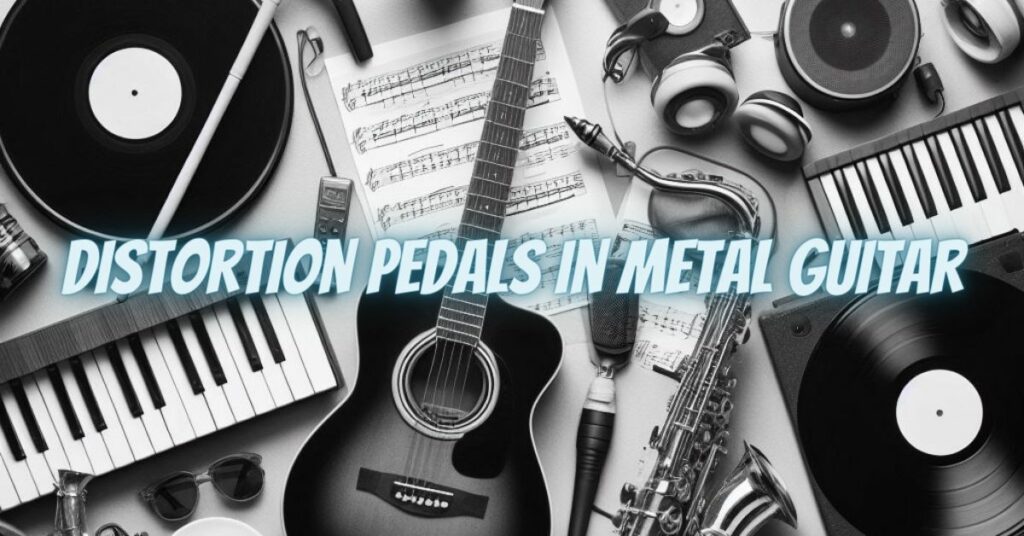Metal, as a genre, is celebrated for its ferocious and heavy guitar tones. To achieve the crushing and aggressive sound that characterizes metal music, guitarists often rely on various tools and gear. Distortion pedals are a fundamental part of this arsenal. In this article, we’ll explore the role of distortion pedals in the world of metal guitar and how they contribute to shaping the genre’s signature sound.
1. The Heart of Metal Tones:
Distortion pedals are at the core of the signature sound of metal. Metal guitarists seek a heavily saturated, crunchy, and aggressive distortion to create the massive wall of sound that defines the genre. Distortion pedals are the key to achieving this level of gain and intensity.
2. Different Types of Metal, Different Distortion:
Metal is a diverse genre with numerous subgenres, each with its unique tonal characteristics. As a result, the choice of distortion pedal can vary widely. Some subgenres, like death metal and black metal, prefer extreme high-gain distortion, while others, like doom metal, may opt for a more saturated, warm distortion.
3. Boosting Amp Distortion:
In many cases, metal guitarists use distortion pedals in conjunction with their high-gain amplifiers. The pedal can push the amplifier into further saturation, allowing for even more aggressive and intense tones. This “amp stacking” technique is commonly used in metal to achieve the desired level of gain and harmonic complexity.
4. Tone Sculpting:
Distortion pedals provide a range of tonal controls that allow guitarists to shape their sound. Features like tone knobs, EQ controls, and gain adjustments enable precise control over the character of the distortion. This level of control is vital for metal guitarists who need to craft a tone that stands out in a dense mix.
5. Clean Signal Preservation:
One advantage of using a distortion pedal is that it preserves the cleanliness of the guitar’s original signal. This means that the unique tonal characteristics of the guitar and the nuances of the player’s technique are retained, even in the midst of intense distortion. This aspect is crucial for metal guitarists who often rely on precise and fast playing.
6. Pedals for Different Metal Subgenres:
Some popular distortion pedals are tailored to specific subgenres of metal. For instance, the Boss Metal Zone is well-regarded in heavy and thrash metal, while the Pro Co Rat is often associated with stoner and doom metal due to its gritty, fuzzy sound.
7. Versatility and Experimentation:
Many metal guitarists are open to experimenting with different distortion pedals to achieve unique and signature sounds. They may use multiple distortion pedals in their setup to craft a versatile range of tones, enabling them to explore various styles within the metal genre.
In the world of metal guitar, distortion pedals are indispensable tools for achieving the intense and crushing tones that define the genre. Whether they’re boosting an amplifier’s distortion, shaping tone, or exploring a diverse range of subgenres, distortion pedals are at the heart of the sonic arsenal for metal guitarists. Their ability to provide a heavy and aggressive distortion while preserving the guitar’s unique character makes them an essential component of the metal sound.


